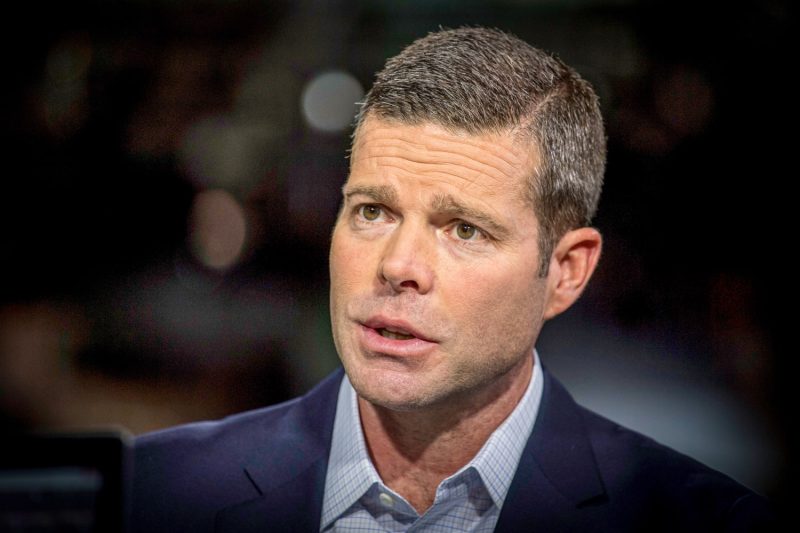In response to the potential impact of President Trump’s proposed tariffs on a wide range of products and materials, Walmart’s Chief Financial Officer, Brett Biggs, has expressed concerns and raised the possibility of price increases for consumers. This move could create a ripple effect not only on Walmart’s pricing strategy but also the entire retail industry.
Firstly, Walmart, as one of the largest retail chains in the world, plays a significant role in the economy. With its vast array of products sourced globally, the imposition of tariffs could lead to increased costs for the company. This, in turn, could force Walmart to adjust its pricing structure to offset the higher expenses incurred in importing goods subject to the tariffs. If Walmart takes this course of action, it is likely that consumers will notice price hikes on certain items, impacting their purchasing power.
Furthermore, the potential price increases at Walmart may have implications for the wider retail industry. As a dominant player, Walmart’s pricing decisions often set a benchmark for other retailers to follow. If Walmart decides to raise prices in response to the tariffs, it is conceivable that other retailers may also follow suit to remain competitive. This could lead to a general uptick in prices across various retail sectors, affecting consumers’ overall spending habits and inflation rates.
Moreover, the timing of these potential price hikes could not be worse, given the current economic uncertainties and the impact of the global pandemic. Consumers are already facing financial strains, and any additional price increases could further squeeze their budgets. This situation could result in a shift in consumer behavior, leading to reduced spending and a slowdown in the retail sector.
In conclusion, the looming threat of tariffs and subsequent price increases at Walmart could have far-reaching consequences on both the company and the wider retail landscape. While Walmart’s CFO has signaled a potential need for price adjustments, the actual implementation and extent of these increases remain uncertain. As consumers and industry players brace themselves for possible changes in the retail pricing landscape, adaptability and strategic decision-making will be crucial in navigating the evolving economic environment.
